Review of the LG G Stylo for Boost Mobile
Jul 10, 2015, 6:00 AM by Eric M. Zeman
updated Jul 10, 2015, 12:58 PM
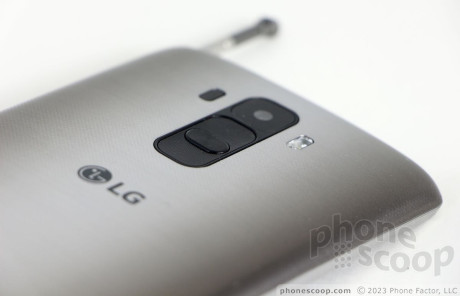
LG's G Stylo for Boost Mobile is an inexpensive Android handset with an over-sized screen and stylus. It borrows its good looks from the LG G4, but drops the specs a bit to keep the price attractive. Here is Phone Scoop's full report.
Form
Is It Your Type?
The LG G Stylo is for those who want a big, inexpensive phone with good battery life that also happens to include a stylus. It is a phablet for the fiscally frugal, thanks to the low price, which makes it an incredible bargain on Boost's prepaid network.
Body
The Stylo would seem to be a competitor to the Samsung Galaxy Note smartphone, based on size and a quick skim of its features. Chiefly, it has a huge display and a stylus. Its spec sheet doesn't quite match the Note's, but the Stylo is hardly a slacker.
The Stylo relies on LG's familiar design language. In fact, it so closely resembles the LG G4 that it's hard to tell the two phones apart when placed side-by-side. The only real giveaway is the size; the Stylo is somewhat larger and thicker than the G4. LG's core design language is simple and sharp, but some variation would be welcome. The Stylo has a clean face, rather pointy corners, tapered edges, and buttons on the back. LG's entire roster of devices is beginning to look a bit homogenous.
A plastic frame, colored in a bronzish hue, circles the glass front. It provides a nice contrast and defines the shape clearly. The frame has a bit of a chin along the bottom edge, but the overall effect is good. The back surface has a pleasant curve to it that thins out as it reaches the side edges. The tapered shape at the corners is vital when it comes to handling the phone. The rear surface, made of plastic, has a patterned silver/gold color to it. I like the way the pattern looks in the light, and it adds a modicum of texture to the phone.
You need two hands to grapple with this device. The 5.7-inch screen mandates the big dimensions. It's about the same size as an iPhone 6 Plus. The weight isn't bad, but it is a wide and thick phone. I had trouble reaching the upper corners of the phone without adjusting my grasp. I guess that's what the stylus is for? The phone is pocketable, but only if your pockets are a bit large. There's no way it will fit in skinny jeans. As with many LG handsets, the Stylo is best positioned with the screen facing your leg in order to minimize the effect of the pointy corners.
Build quality is good. The plastic materials are solid enough, and the rear shell snaps onto the frame tightly. The seams are all even and the Stylo doesn't feel cheap.
The Stylo's frame provides a rather sharp rim around the front of the phone. You can definitely feel it against your fingernails and/or skin as you grip the phone and trace your fingers across the display. The rim provides a minimal amount of protection for the glass when the handset is placed face down. LG's logo is about the only design element visible on the front face. The earpiece and front-facing camera are all but invisible.
Like many of LG's handsets, the Stylo's sides are devoid of any buttons. The microUSB port is on the bottom and the stereo headphone jack is on the top. The Stylo's stylus is tucked into the top edge, as well. It's easy to retrieve thanks to a little notch, but I can't say it is seated firmly enough. I dropped the phone once and the stylus popped out and went scampering under my couch. The stylus itself is about four inches long and has a soft-rubbery tip. I found it easy to grasp and use, and it interacts perfectly with the display.
The volume and screen lock buttons are on the back of the Stylo, as they are on most LG handsets these days. After three years of testing phones with this design, I've finally gotten used to the button configuration. When I reach for the phone, I automatically fondle the back in search of the three-button array.
The volume buttons are indented a bit and have a sandpaper-like texture. The screen lock button has a raised profile and a ribbed texture. All three buttons have decent travel and feedback. There is no dedicated camera button, but the volume keys double as shortcuts to user-defined actions (such as the camera) if you want. The camera module - straddled by the flash and laser-assisted focus - is placed above the control buttons.
The Stylo's rear cover is removable. The cover peels off easily thanks to a notch on the lower left side. The battery is removable, too, and the Stylo has a memory card slot built into the SIM card slot. These are must-have features for some people.
In general, I like the Stylo. The design and build quality are certainly decent, though it may be too big for some people. Those with small hands will be thankful for the stylus.
Performance
Screen
The Stylo's display surprised me a bit. It's an LCD panel that measures 5.7 inches across the diagonal. Resolution is kept at 720p HD. (For comparison sake, the G4's 5.5-inch screen has quad HD resolution.) I was worried the Stylo's screen would be lacking pixels and look crummy as a result. Those worries were misplaced. The Stylo's screen looks great. Not only is the Stylo's display sharp and clear, but whites and colors are actually more accurate than those on the G4's screen. Outdoor viewability is excellent, and viewing angles are very good. The Stylo's screen far exceeds the quality of those I've seen on similarly-priced handsets from other phone makers. I'd go so far as to say it's reason enough to buy this phone.
Signal
The Stylo, sold by Boost, runs on Sprint's LTE network. The phone performed really well on Sprint's LTE network in and around New York City. I was able to connect calls on the first dial every time, and the Stylo didn't miss or drop calls, even at highway speeds.
Data speeds were a mixed bag. Sometimes they were awesome and other times they sucked. Speeds did not appear to be associated with network coverage strength, at least as indicated on the phone. I saw fast speeds with one bar of coverage and slow speeds with five bars, and vice versa. Even at their worst, LTE speeds were still solid enough to upload Instagram shots in a reasonable amount of time. On the whole, the Stylo performed slightly below average for a Sprint handset.
Sound
Call quality could be a lot better. Volume is acceptable. Calls are audible in most normal places you might frequent, from home to coffee shops. The problem lies with clarity. At full volume, the earpiece was prone to a lot of distortion. Worse, voices sounded muffled and distant. Those I spoke to through the Stylo said I sounded horrible, a description I don't hear often when performing this test. The Stylo is not a great device for making phone calls.
Calls routed to the speakerphone were a bit better in the quality department, but not as good in the volume department. I liked the improved clarity, but had a harder time hearing calls in noisy spaces.
Ringers and alerts were able to get my attention when the phone was close by, but if it was on the other side of my house I definitely missed some calls. Similarly, the vibrate alert worked when the phone was on my person, but not if it was in another room.
Battery
LG had plenty of room inside the Stylo's chassis to gift it with a 3,000 mAh battery. The power cell delivered impressive battery life. There was nothing I could do to kill the battery in a single day. The phone is rated for 24 hours of talk time and I'd wager that's about accurate. I typically called it a day long before the Stylo did, which easily blasted through 18+ hours of mixed use.
The Stylo includes a battery saver tool. You can set it to come on automatically when the phone reaches 15%, or toggle it on/off manually. It limits background processes and notifications and can extend your battery long enough for you to get safely home at the end of the night. I didn't ever have a need to use it.
Basics
Menus
The Stylo runs Android 5.1 Lollipop with LG's user experience on top. It's more or less the exact same skin that appears on the G Flex 2 and G4.
The lock screen supports LG's KnockOn and Knock Code tools. With KnockOn, tap twice to wake the screen so you can check the clock and notifications. With Knock Code, tap in a unique pattern - anywhere on the screen - to unlock the phone. The Stylo includes more traditional security options (PIN, password, pattern) and you can opt to view just a clock, or a clock along with five user-assignable shortcuts that are located at the bottom of the screen.
There are four home screen panels active out of the box and two of them are crammed with Boost widgets and shortcuts. As with all Android devices, however, you can strip these away and customize the home screens however you see fit. The selection of widgets, wallpapers, and shortcuts is significant.
The default setting for the main app drawer is a grid. You can choose small or large icon sizes, and view them in alpha, custom, or downloaded order. LG's tool for hiding and uninstalling apps is better than most, which make it a breeze to rid your device of bloatware (or at least hide those annoying extras.)
The notification shade works pretty much the same as it does on other Android devices. The toggles and other controls can be adjusted to suit your needs. The toggles slide sideways to reveal more options. What I like most is the option to view just the toggles, or add sliders for brightness and volume.
LG's QuickMemo is available from the notification shade. This function takes a screenshot and lets you mark it up and share it. Oddly, LG's QSlide apps (miniature, floating versions of core apps) aren't included.
The Stylo includes LG's EasyHome home screen for first-time users. This strips away a lot non-essentials and makes the phone easier to use.
The settings menu is arranged in tabs, but you can change it to a single list if you prefer. The tabbed view requires less scrolling, but it takes longer to figure out which settings are hiding under which tabs. The Stylo includes a wide array of options for customizing the phone's behavior. For example, you can arrange the main Android control buttons (home, back, etc.) at the bottom of the screen however you like. You can have up to four buttons, some of which are shortcuts to LG software or the dual-window feature.
LG's dual-window allows two apps to run on the screen at the same time. This is a feature seen on Samsung's phones, too. It's easy to activate and use, and lets power users swap content between apps faster and easier. The stylus comes in especially handy here. You can also choose to enable one-handed operation, which shrinks down the keyboard and dialpad into a bottom corner.
The Stylo relies on Qualcomm's Snapdragon 410 processor mated with 1 GB of RAM. I was a little disappointed with the phone's performance. It was inconsistent; fast most of the time, but every now and then it was a bear and lagged through apps and transitions.
Calls and Contacts
LG's phone app integrates your contacts. It has a nice dialer to access to call history, contacts, favorites, and groups along the top. I like that you can edit the tabs. You can also open the notepad and messaging apps.
The phone has noise suppression to eliminate background noise so those you speak to can hear you better, and a voice clarity feature that purports to improve conversations for you. Unfortunately, I didn't notice a difference when I activated this feature.
The Stylo includes some gestures to interact with the phone, such as answering calls by bringing the phone to your ear, or silencing calls by flipping the phone over.
The contacts app syncs with myriad online contact databases and makes it a cinch to sort between them for easier viewing. Individual contact cards hold reams of data, and the Stylo has a great assortment of contact widgets.
Messaging
The Stylo has a typical set of messaging tools. As always, Gmail is installed and so is a generic email app. The Gmail app is all you really need thanks to its support for all other email services. You can delete or hide the generic app.
I find the installed text messaging apps curious. Google Hangouts is on board and so is the Boost Messaging+ app and bare-bones Android SMS app. Boost's Messaging+ app is functional, but I don't really like the way it looks and prefer other messaging apps.
Google+ is the only full social network app pre-installed on the Stylo. There's no Facebook, Twitter, or even Facebook Messenger.
Extras
Media
The Stylo's pre-loaded media apps more or less mirror those of other recent Boost phones. The phone comes with Google's Play apps for buying and consuming movies, books, TV shows, and magazines. These apps work well. The Stylo also has the native YouTube app, as well as a basic music app for playing side-loaded content. The simple music player works well; it's too bad there's no similar app included for your side-loaded video.
If you prefer media services other than Google's, the Boost Stylo has your back. NextRadio is preinstalled, as is NBA Game Time. Boost Music is on board, as well, and serves as an alternate music store. It focuses on ringtones, but you can purchase and download whole tracks, too.
The stand-alone MP3 player has DLNA wireless local streaming built in, and the tool is dead simple to use.
Camera
The Stylo doesn't have a physical camera button, but you can launch it from the lock screen or with a long press to the down volume button on the back of the handset.
There are just two shooting modes in which the camera app operates: auto and panorama.
In auto mode, the camera interface includes controls running down the left and right sides of the screen. Five quick action buttons appear on the left: settings, flash, user-facing camera, modes, and menu. These buttons cannot be customized. The controls float over the viewfinder if you shoot in 16:9 mode. There are separate buttons for the camera and video camera so you can easily snap stills while filming video.
If you press and hold the screen the camera will automatically take a burst of shots for as long as you touch the screen. The Stylo doesn't have LG's Gesture Shot, but you can beautify yourself with the “makeup” feature. It automatically removes blemishes, etc.
I found the Stylo's camera software to be relatively quick to focus and snap photos.
Photos
The Stylo's sensor captures images up to 8 megapixels. It's a solid camera for a mid-range handset. I was impressed with most of the shots I took. Focus is excellent, white balance is accurate, and exposure often perfect. It doesn't quite compare to the G4's excellent camera, but it holds its own. I'd rely on the Stylo for most photo needs and bring out the big gear only for important events.
Video
The Stylo does an excellent job with 1080p HD video. I was pleased with the results I got from the video camera. It delivered clear focus, good color, and good exposure. I saw very little noise in low-light results. I'd use the Stylo to record everyday events, but might be tempted to switch to dedicated gear for special occasions.
Gallery
Like many Android handsets these days, the Stylo has two picture-managing apps installed: There's an LG-designed app as well as Google's brand-spankin-new Photos app.
LG's app is really nice. I like that you can view the gallery via albums, timelines, memories, favorites, or videos. You can also see images stored in your online accounts, such a Google Drive or OneDrive. Editing and sharing features are robust. It includes the basics (crop, rotate), the advanced (color, light), and the fun (filters, effects). Not only can you share with pretty much every social network on earth, you can also push photos to other nearby devices with ease.
The Google Photos app is also great. First and foremost, it's a great (free) way to backup your photo library. It also happens to include great tools for keeping your library organized and shared.
Apps
Boost stuffs plenty of junk onto its phones, but LG lets you delete it. It's worth noting that the Stylo has only about 4 GB of storage available to end users. You're going to need a memory card with this phone. Even then, it only supports cards up to 32 GB. Weak, LG. Weak.
Bluetooth
The Stylo's Bluetooth radio paired with and connected to a range of other devices without issue. Bluetooth 4.1 plays nice with things like smartwatches, fitness bands, PCs, phones, tablets, and of course headsets of all shapes and sizes. I used it to make some calls through a headset. Calls sounded horrible via my car's hands-free system. Music was only passable via my favorite Bluetooth speaker.
Browser
Google's Chrome is a great browser and works well on the Stylo. It mostly delivered web sites in a blink across Boost's LTE network. Web pages look great on the Stylo's big display.
Clock
Double tap the screen to wake the Stylo and check the time. The clock appears near the top of the display. I wish the font were thicker and bigger to make it more visible. The clock itself cannot be customized.
GPS
The GPS radio worked fine and was very quick to pinpoint my location. Google Maps and TeleNav's Scout app are both aboard. Google Maps is as good as ever, and Scout, which is free, can be a fun alternative to search for nearby points of interest.
Wrap-Up
At $200, the LG G Stylo is a solid deal from Boost Mobile. The phone has elegant - if recycled - looks, and performs well for the most part.
The screen is a major selling point, and the stylus makes the large size easier to handle. LG's goofy rear buttons are growing on me and they work well. The phone has great battery life and reasonable LTE data performance, but call quality is definitely lacking.
LG's user interface makes some improvements to the base Android OS. I like how flexible the app and settings menus are, but I was disappointed that LG didn't add its Health and QSlide apps to the phone. The camera doesn't offer too many shooting options, but it works well enough and takes solid pictures.
The Stylo sits in the middle of Boost's lineup. The only other big-screened phone like it is the ZTE Max, which has the same price tag. Most other Android handsets in Boost's roster cost less than $150 or more than $600. I like the Stylo because it has a good screen and excellent battery life. These are compelling reasons to choose the Stylo. If you want the biggest phone for the money, the G Stylo is the one to get.
Comments
Only 4gb User?


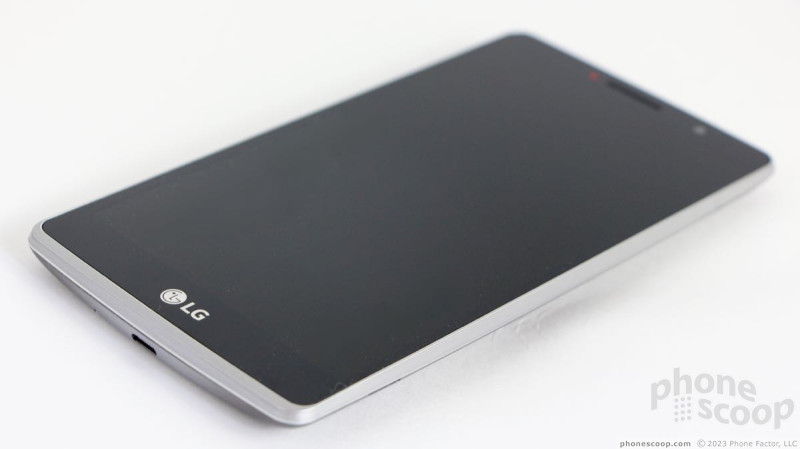
















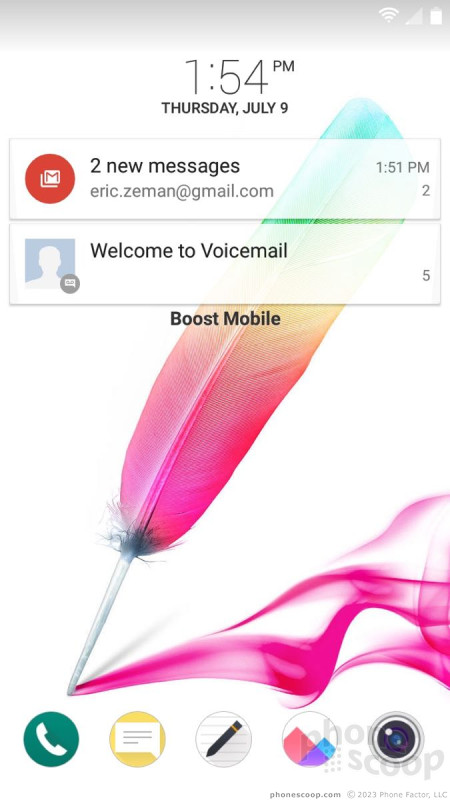









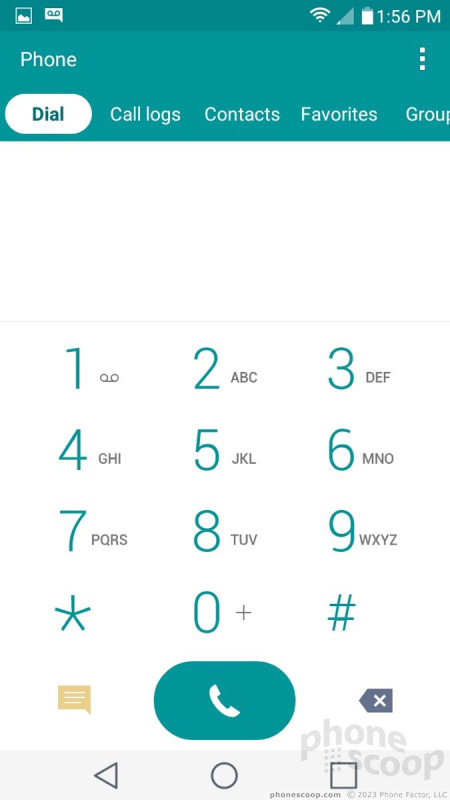


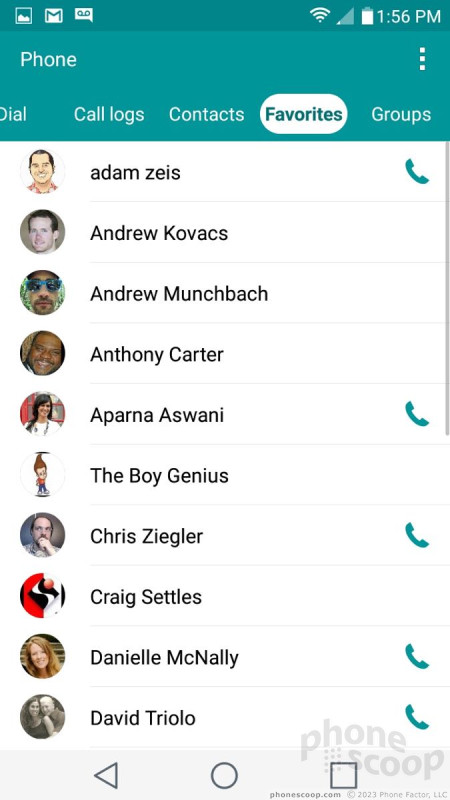



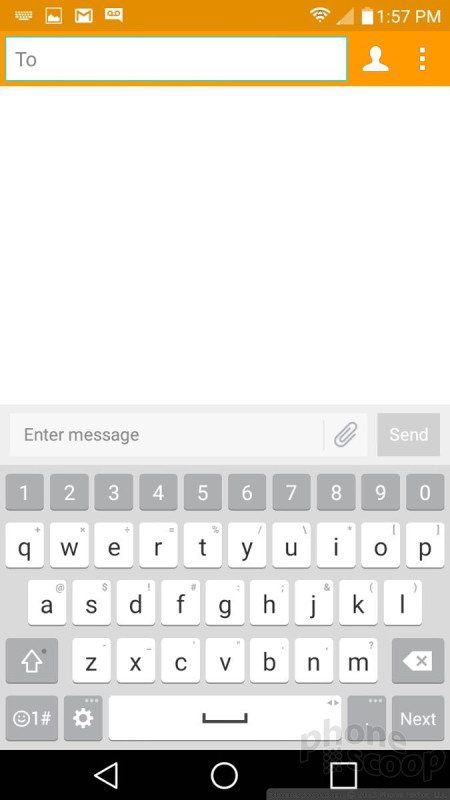




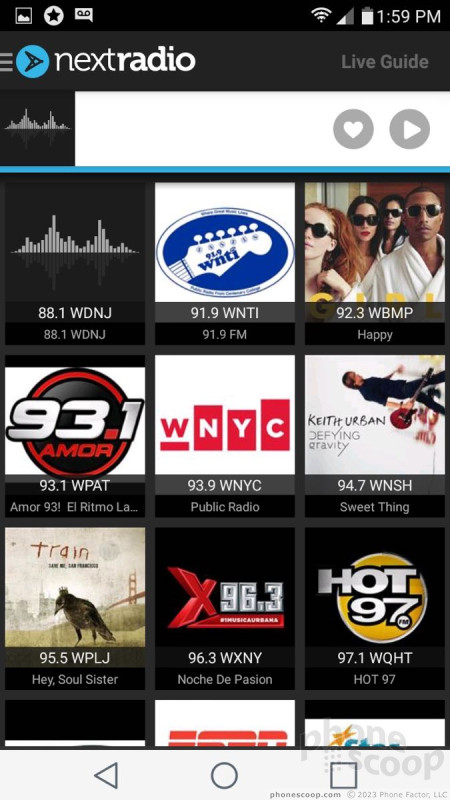



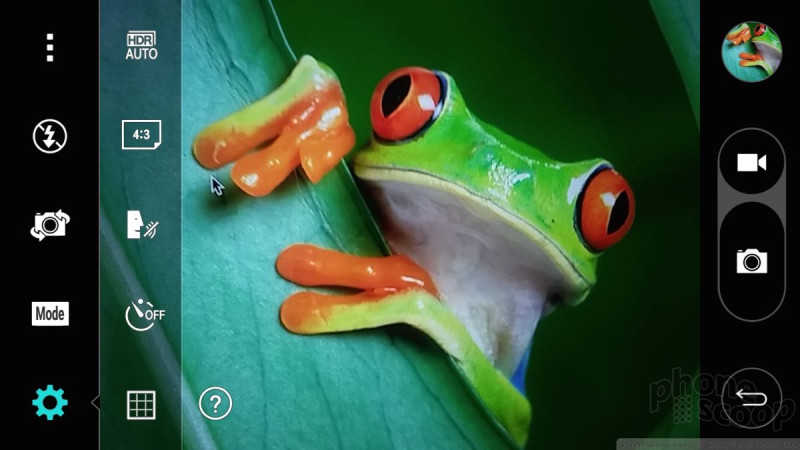


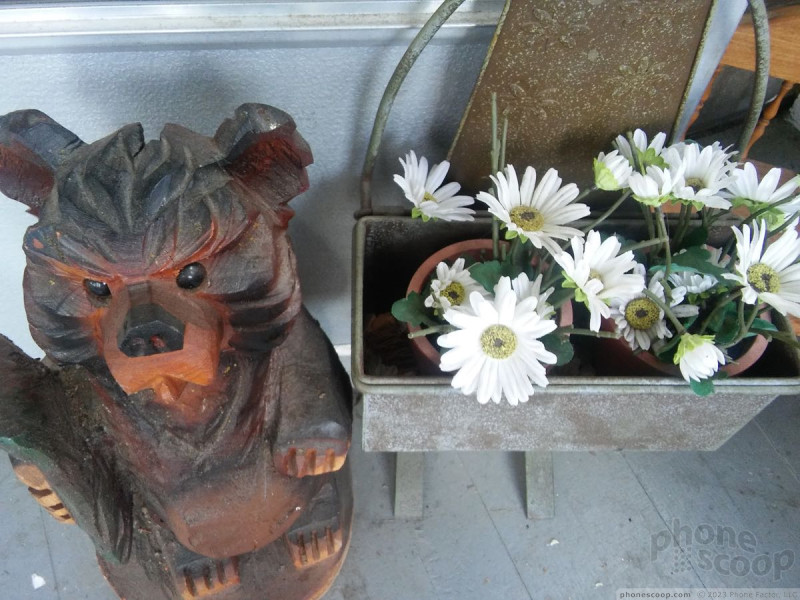










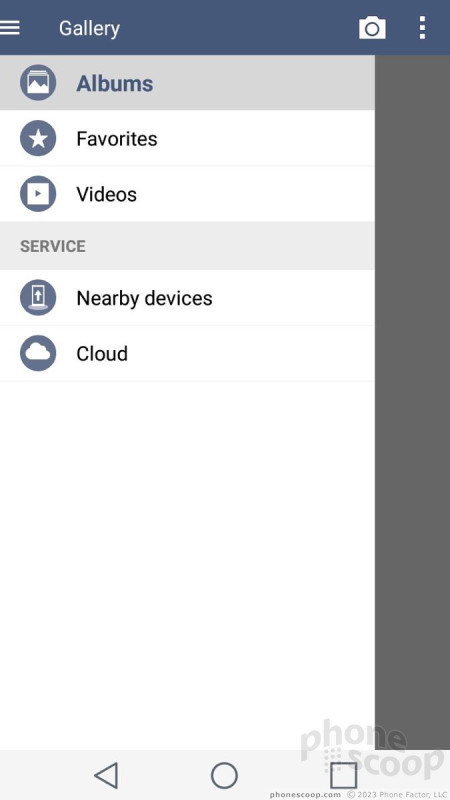




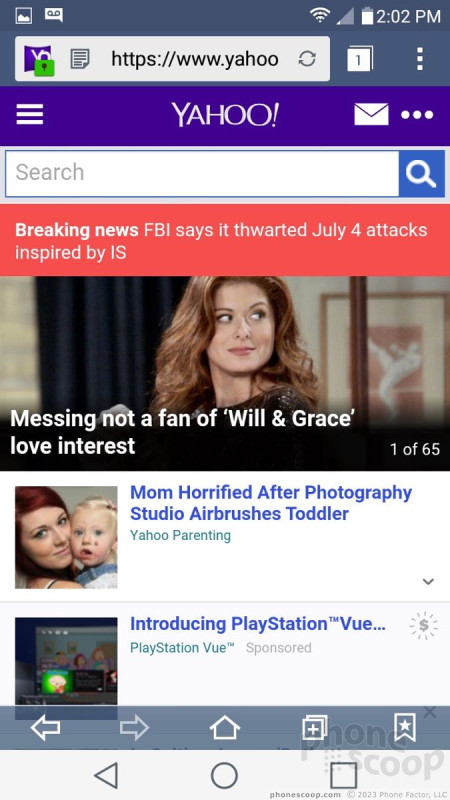




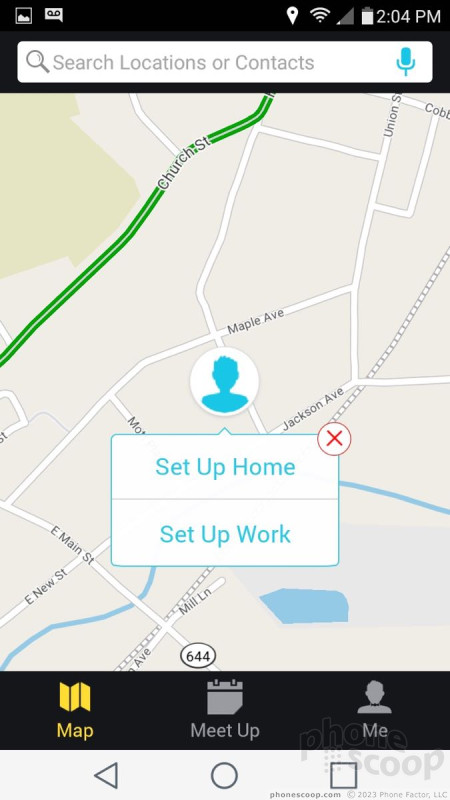



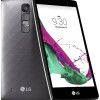 LG Shows Off the G4c, A Smaller, Less-Expensive G4
LG Shows Off the G4c, A Smaller, Less-Expensive G4
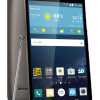 Boost, Sprint to Sell LG G Stylo for $199
Boost, Sprint to Sell LG G Stylo for $199
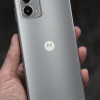 Hands On with the 2023 moto g 5G & moto g stylus
Hands On with the 2023 moto g 5G & moto g stylus
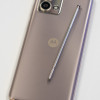 Hands On with the moto g stylus 5G (2023)
Hands On with the moto g stylus 5G (2023)
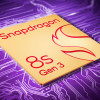 Qualcomm Expands Snapdragon 8 Series to Cover More Price Points
Qualcomm Expands Snapdragon 8 Series to Cover More Price Points
 LG G Stylo (CDMA)
LG G Stylo (CDMA)










